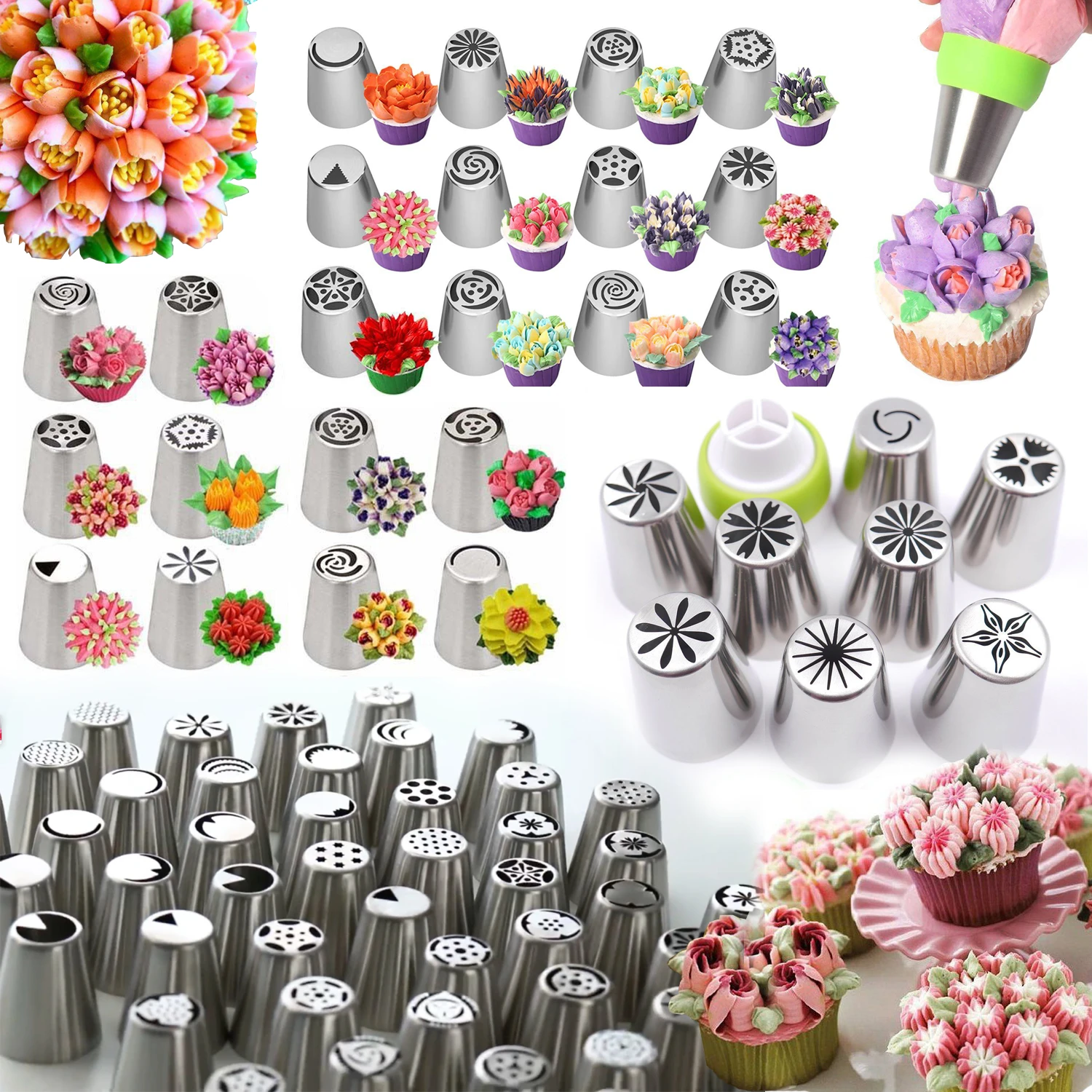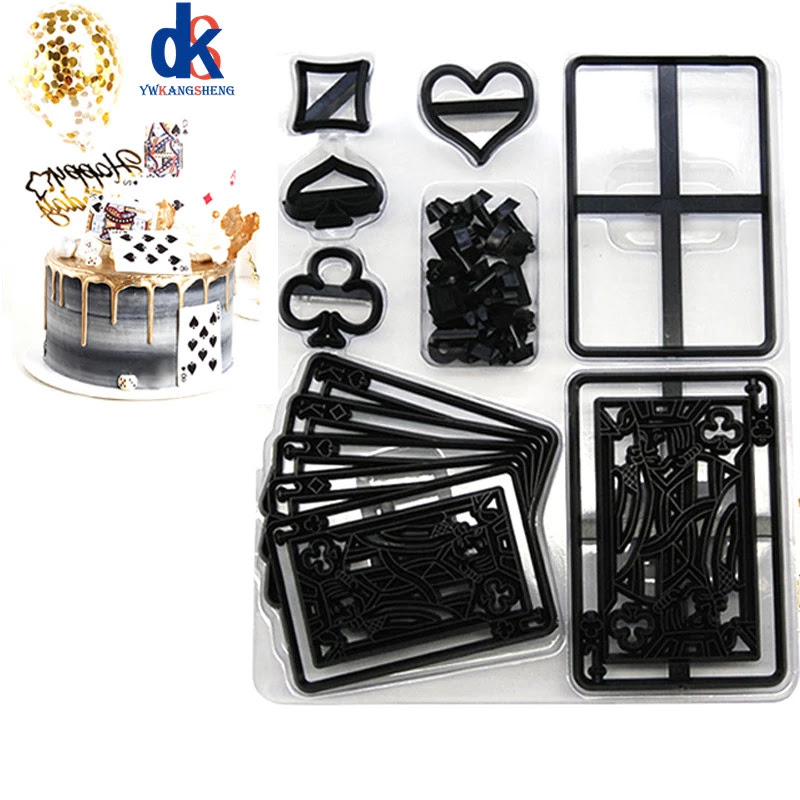The hopper is a delicacy that Sri Lankans all over the country are familiar with. It is one of those unifying dishes that all Sri Lankans can lay claim to as part of their culture, though there are certain cultural variations in some places.
Where though did the dish originate from? It is known in nearly all parts of India (which has several more variations of the Appa, than Sri Lanka) as well as in countries where Indian and Sri Lankan diasporas have established themselves, such as Malaysia.
The South Indian hopper, especially from Kerala is almost identical to Sri Lankan hoppers. Except that instead of yeast, they use toddy to ferment the rice flour batter. Appam is apparently a common name for rice flour cakes / pancakes of all sorts in India and so they have several innovative versions of the appam that we would not recognize over here such as unniappam and neyappam (deep fried rice cakes). A more common version we do have over here is the idiappam (stringhoppers) – the noodle-like streamed rice-cakes popular in both Kerala and Sri Lanka.
As to the hopper itself, which people can lay claim to its origins is a mystery although a wide range of cultures enjoy it as part of their cuisine. It is certainly an Eastern dish (now), rather than a Western one, but according to the Jewish food writer and historian, Gil Marks, the three separate Jewish communities of Cochin, Mumbai and Calcutta in India have a variation of the hopper as a staple dish amongst them. He therefore speculates that it might have originated with them, in the Indian subcontinent.
As to the hopper itself, which people can lay claim to its origins is a mystery although a wide range of cultures enjoy it as part of their cuisine. It is certainly an Eastern dish (now), rather than a Western one, but according to the Jewish food writer and historian, Gil Marks, the three separate Jewish communities of Cochin, Mumbai and Calcutta in India have a variation of the hopper as a staple dish amongst them. He therefore speculates that it might have originated with them, in the Indian subcontinent.But they way they deftly work three pans on a gas stove at a time, pouring in the merest whiff of batter to form a paper-thin crust on the pan, cracking an egg or pouring sweetened coconut milk, as needed at the behest of the customer, and making sure that all the appas are out on a plate without being over or under-cooked, is a feat of skill that many hopper lovers enjoy watching.
To love hoppers is an inherent Sri Lankan trait. So apparently is making it. I have never yet come across any of the young men at the kades making it, who do it with less than perfection.
The hopper is a delicacy that Sri Lankans all over the country are familiar with. It is one of those unifying dishes that all Sri Lankans can lay claim to as part of their culture, though there are certain cultural variations in some places.
Where though did the dish originate from? It is known in nearly all parts of India (which has several more variations of the Appa, than Sri Lanka) as well as in countries where Indian and Sri Lankan diasporas have established themselves, such as Malaysia.
The South Indian hopper, especially from Kerala is almost identical to Sri Lankan hoppers. Except that instead of yeast, they use toddy to ferment the rice flour batter. Appam is apparently a common name for rice flour cakes / pancakes of all sorts in India and so they have several innovative versions of the appam that we would not recognize over here such as unniappam and neyappam (deep fried rice cakes). A more common version we do have over here is the idiappam (stringhoppers) – the noodle-like streamed rice-cakes popular in both Kerala and Sri Lanka.
As to the hopper itself, which people can lay claim to its origins is a mystery although a wide range of cultures enjoy it as part of their cuisine. It is certainly an Eastern dish (now), rather than a Western one, but according to the Jewish food writer and historian, Gil Marks, the three separate Jewish communities of Cochin, Mumbai and Calcutta in India have a variation of the hopper as a staple dish amongst them. He therefore speculates that it might have originated with them, in the Indian subcontinent.
As to the hopper itself, which people can lay claim to its origins is a mystery although a wide range of cultures enjoy it as part of their cuisine. It is certainly an Eastern dish (now), rather than a Western one, but according to the Jewish food writer and historian, Gil Marks, the three separate Jewish communities of Cochin, Mumbai and Calcutta in India have a variation of the hopper as a staple dish amongst them. He therefore speculates that it might have originated with them, in the Indian subcontinent.But they way they deftly work three pans on a gas stove at a time, pouring in the merest whiff of batter to form a paper-thin crust on the pan, cracking an egg or pouring sweetened coconut milk, as needed at the behest of the customer, and making sure that all the appas are out on a plate without being over or under-cooked, is a feat of skill that many hopper lovers enjoy watching.
To love hoppers is an inherent Sri Lankan trait. So apparently is making it. I have never yet come across any of the young men at the kades making it, who do it with less than perfection.
How To Make A Sri Lankan Egg Hopper
- Prep Time: 20 minutes plus batter proofing time
- Cook Time: 5 minutes
- Level of Difficulty: Easy
- Serving Size: 6-8
Ingredients
- 2 cups rice flour
- 1/2 cup granulated sugar
- 1 1/2 cups coconut milk
- 3/4 cup water
- 1 tablespoon dry active yeast
- 1 1/2 teaspoons warm water
- 1 teaspoon sugar
- 3/4 cup cooked basmati rice
- 1 1/2 cups coconut milk
- fresh eggs
How to make
INSTRUCTIONS
The day before, soak the two cups of uncooked (raw) rice in enough water for at least 5 hours (or overnight).
Just before you are ready to process the rice, prepare the yeast mixture by stirring together together the yeast and sugar in the lukewarm water and set aside.
In a food processor, process the cooked rice, grated coconut and yeast mixture until thoroughly blended.
Drain the soaked rice of its soaking water.
Place the drained, soaked rice and salt into the food processor containing the cooked rice and coconut yeast mixture and blend.
Whilst the mixture in the food processor continues to blend, add the lukewarm water a little at a time until the whole cup of water has been added. Keep processing until you get a smooth batter, which may take about up to 10 mins.
Transfer the smooth batter into a large bowl, loosely covering it with a tea towel, and leave in a warm place to ferment for 8 hours*. The batter will have bloomed to about 3 times its original size
When you are ready to cook the hoppers, stir enough coconut milk into the fermented batter make it the consistency of pancake batter (and not too thin consistency). Finally add the sugar and stir.
If your hopper pan** is a conventional metal one (i.e. not a non-stick pan), you will need to season it first so that the hoppers don’t stick to it once they are cooked.
Heat the hopper pan on a medium-high heat until you can feel that heat penetrating through the middle of the pan.
Dab a scrunched paper towel with a little sesame oil and wipe around the inside of the pan to place a thin layer of oil on it. You will need to wipe the pan this way and keep it oiled before each time addition of the batter.
Hold the hopper pan with your left hand. Using a soup ladle with your right hand, scoop the batter into the ladle and pour it into the near centre of the hopper pan. Lift the hopper pan off the stove and swirl it around so that the batter covers the pan***. Once you have done this, place the pan back on the stove and cover the hopper pan with its lid to cook.
Cook the hopper for about 2.5 to 3 mins on medium-high to allow the bowl structure of the hopper to form. Reduce the temperature of the stove to medium and cook for another minute this gives time for the final steaming of the centre without burning the overall hopper.
Once cooked^ the hopper should slide out of the hopper pan almost without any assistance.
If you’re making egg hoppers, simply crack an egg into the centre of the swirled batter (use slightly less than a ladle spoonful) in the pan and season with salt and pepper before placing the lid on. Cook for about 4 mins on medium-high and turn down to medium for another minute (or until the egg has just become white / set on its whole surface)
For the egg hopper
NOTES
* Ideally, fermentation conditions should be around 30 degrees Celsius. Sometimes I place the batter near a warm stove or even near a sunny window to achieve this, in which case the fermentation can happen in about 5 or 6 hours and you should be ready to go.

** Hopper pans are now readily available online. If you’re planning to make this for a dinner party, I would buy two pans to speed up the overall cooking time of getting your hoppers to the table.
*** Don’t be afraid to swirl two or three times to get adequate coverage. There is usually excess batter which will naturally come to rest in the centre of the structure once you’re done swirling and it will puff into the crumpet-like middle once the batter is cooked. If not, pour a tablespoon or so of the batter onto that centre before placing the lid onto cook.
^ When the hopper is cooked, the thinner parts of the hopper should have a brown hue on it and the perimeter of the hopper will already be visibly separated from pan.
















0 Comments